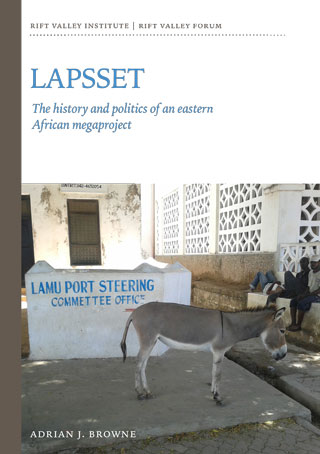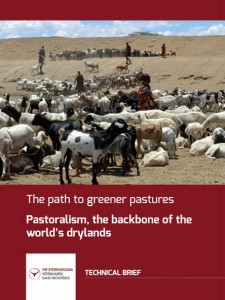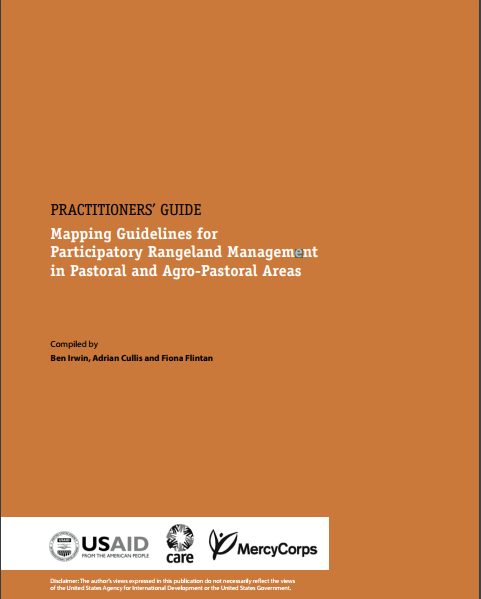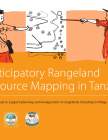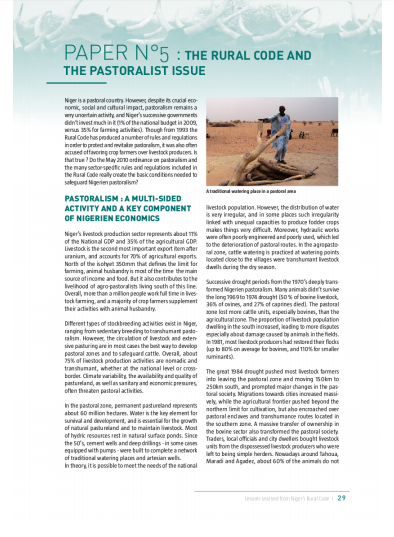Land Use Planning Guidelines for Somaliland
Purpose of the guidelines The purpose of the present Guidelines is threefold: 1. to explain the basic principles of land use planning 2. indicate which land use planning activities could be carried out in Somaliland at different levels, and how 3. provide a number of tools and resources which could be of practical use by land use planners in Somaliland The guidelines are not a manual which has to be followed strictly. Such manuals could be developed at a later stage, particularly for land use planning at village level.


